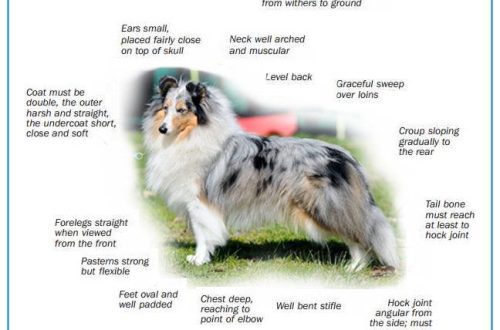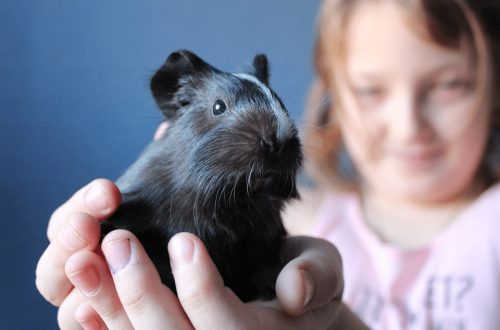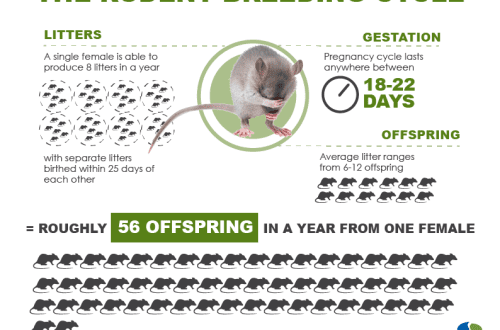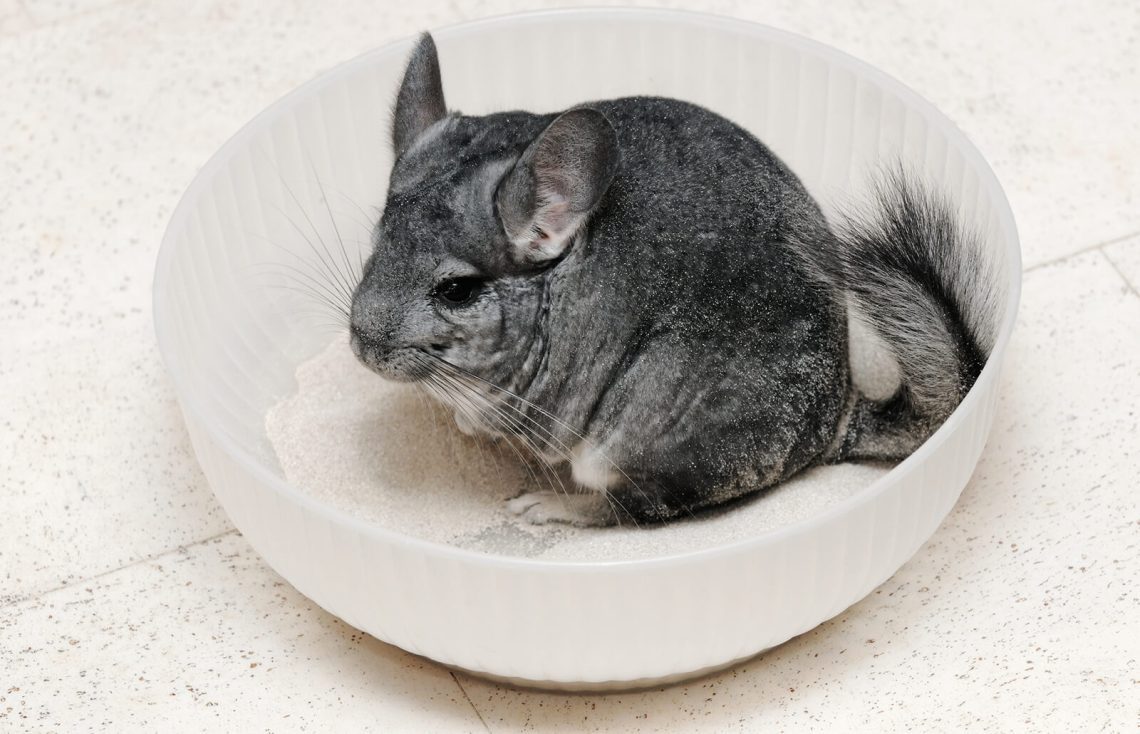
How to bathe a chinchilla: water and sand as a means of washing a rodent at home

To understand how to bathe chinchillas correctly, it is logical to focus on the animal’s habits and climatic conditions in their natural habitat. The historical homeland of the rodent is the highlands of the Andes. This is an area where precipitation falls up to 350 mm per year. per year, and most of the rivers are not suitable for swimming due to fast currents. In nature, instead of water procedures, the chinchilla bathes in sand and fine volcanic dust.
Contents
How chinchillas swim in the sand
At home, the animals do not refuse hygiene measures. Chinchillas are happy to spin and roll into containers of fine sand from the pet store, periodically brushing themselves off.
Although the event is accompanied by scattering of grains of sand around and everywhere, it is absolutely impossible to deprive the pet of the opportunity to tumble. Dust baths play an important role for the body.
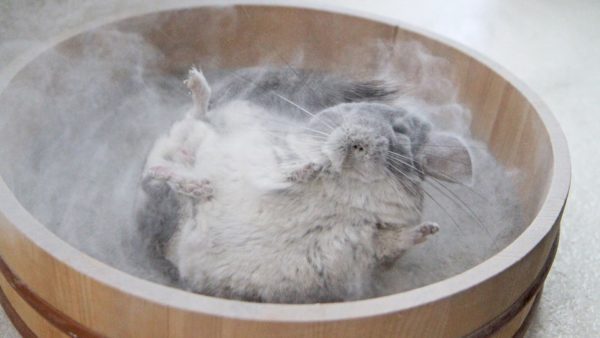
Why does a chinchilla wash in the sand:
- due to the soft abrasive properties, the sand cleans off adhering dirt from the pile of the rodent;
- bathing chinchillas in the sand helps her get rid of excess moisture. The substance acts as an absorbent and draws excess from the thick undercoat. This creates unfavorable conditions for the development of bacteria and parasites.
Do not worry about the health of your pet’s ears. The ear canals are equipped with special membranes. They prevent the ingress of foreign objects during the procedure.
How to bathe a pet
Bathing chinchillas is carried out without human assistance. It is enough for the owner to acquire a container for sand and a suitable filler. It is necessary to strictly control what chinchillas bathe in.
The contents of the tray should be changed regularly, the presence of boluses and wool in the substance is unacceptable. You can not bathe a chinchilla in ordinary sand, the composition may contain impurities that are harmful to it.
A pet limited in entertainment uses sand baths not only for hygiene, but also as entertainment. Daily procedures can cause dry skin.
It is undesirable that the tray is constantly in the cage of the animal. It is not necessary to bathe your chinchilla often, and he may start using the mixture as a latrine. In the process of playing, she brings particles of filler, food and wool into the bath, which makes the sand unsuitable for re-bathing.

The optimal bathing frequency depends on the humidity in the room. If the hygrometer mark is kept within 40-50%, it is enough to provide the tray once a week. With increased rates, it is desirable to carry out the procedure more often.
What to do if the chinchilla does not want to bathe
You can return the bath to the chinchilla aviary no earlier than ten days after the appearance of offspring. The female teaches the young hygienic measures from the 14th day of life. She demonstrates by example how and what to do. By the twentieth day, the kids are ready for independent bathing. Experienced chinchilla breeders note that among young individuals, many do not devote enough time to bathing, but this passes with age.

If the breeder claims that the pet is already familiar with hygiene procedures, and at home he does not bathe in the sand, then the animal did not have time to adapt to the new room.
In this case:
- you can ask the breeder for sand, or a tray that has retained the smell of a particular animal;
- replace the closed container with a low one so that the rodent does not feel anxiety in a confined space;
- it is worth leaving the animal alone with the bath.
In an attempt to teach a chinchilla to swim in the sand, it is unacceptable to forcibly place it in a tray, hold it there and knock it down. This can cause stress and reinforce negative associations with the container and owner through fear.
Often a chinchilla does not want to bathe in the sand because the substance does not suit her. If the pet does not show interest in the tray, you should try changing the type of filler, or purchase a composition from another manufacturer.
If the refusal of the tray is accompanied by apathy and impaired appetite, you should contact your veterinarian. This indicates physiological health problems.
To encourage your chinchilla to roll in the sand:
- you can repeat the word “swim” in a gentle voice to a tame animal every time it runs into the tray;
- immediately after the procedure, treat with your favorite treat.
The pet will eventually understand the relationship between the sound of the word, its actions and the reward. A patient owner is able to teach a rodent to bathe by verbal invitation.
Is it possible to bathe a chinchilla in water
The belief that chinchillas should not swim in the water is not unfounded. By itself, the liquid is not dangerous for the rodent, but the biological characteristics of the species require caution in this matter.
The chinchilla has a thick undercoat and no sebaceous glands. Without natural protection, fur quickly absorbs moisture and becomes heavy. The animal is not able to stay afloat for a long time and feels uncomfortable in the water.
Wool is the only protection of the rodent from the effects of temperature and drafts.
When wet, it loses its heat-insulating properties and the chinchilla is highly likely to catch a cold.
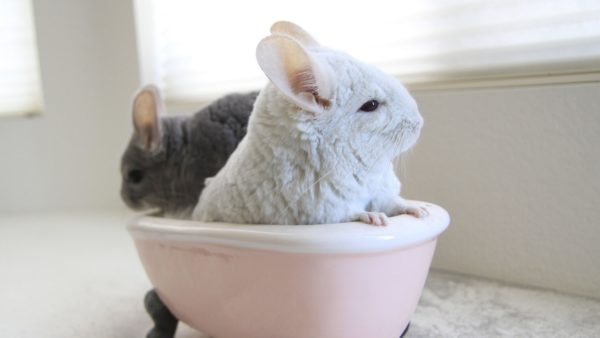
Washing a chinchilla in water is not worth it unless absolutely necessary. The animal experiences serious stress from such events, and is able to cope with most hygiene needs with the help of sand.
If the animal’s fur looks unkempt, matted and dull before washing the chinchilla with water, you need to contact your veterinarian. The condition of the fur is a reflection of the overall health of the rodent.
When and how to bathe a chinchilla in water
You can’t do without water procedures if the pet gets dirty in a substance that is harmful to its health, or a persistent and sticky substance. Dirty areas can be washed off with a cotton swab dipped in warm water.
If it is necessary to wet the chinchilla, then the algorithm is similar to bathing any rodent. You need to prepare two containers, a clean terry cloth and shampoo.
Chinchilla should not be contacted with human soap. It is better to purchase a special bottle for rodents, or use natural unscented baby shampoo.
How to bathe:
- Pour warm water into both containers so that it does not reach the muzzle of the animal.
- Mix 2-3 drops of shampoo in one of the bowls.
- Holding the chinchilla under the belly, gently wash it until the coat is clean.
- Move the pet to a container of clean water and gently, thoroughly rinse off the detergent.
- Do not allow water to enter the ears and eyes. The muzzle is gently wiped with a wet cotton swab.
- Gently squeeze the water out of the fur by stroking your hand.
- After the procedures, the chinchilla must be thoroughly dried. Wool should be carefully blotted with an absorbent cloth. If the animal is not afraid, you can use a warm jet of a hair dryer, from a distance of about 20 cm from it.
- A hand-held animal should be warmed under your clothes. If the chinchilla is not ready for a long rest on the owner, it can be placed in a carrier until completely dry.
Wet chinchillas are contraindicated in drafts, cold and walking on the floor. After the procedure, the health of the pet requires close monitoring.
What to do if the chinchilla gets wet
If a chinchilla falls into the water, it must be removed immediately. The rodent is not adapted to long swimming and can drown. You can not let a wet pet go on a walk.
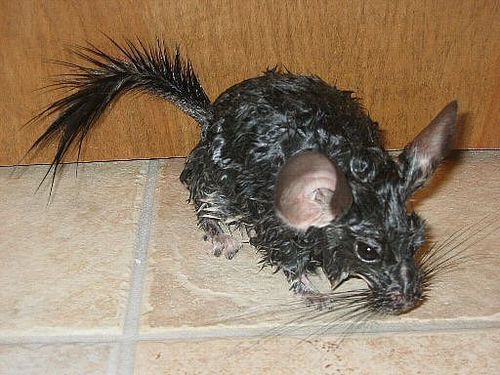
Before placing the rodent in the cage, you need to wait until it is completely dry, otherwise it will wet the filler and surfaces.
What to do:
- close the windows, turn off the air conditioner and fan, eliminate the possibility of a draft;
- run your palm over the wool to expel water;
- blot the fur with a dry and clean cloth. Changing the towel, repeat the procedure until an acceptable result;
- accustomed to the noise of the animal, you can try to dry it with a hairdryer;
- hold the pet in your arms, or in a carrier until the coat is dry;
- Swimming in water for a chinchilla is a serious stress and is associated with health risks. After the incident, the owner should carefully observe the animal for 3-4 days.
You should contact your veterinarian if:
- discharge oozes from the ears or eyes, the animal nervously rubs them with its front paws;
- the activity of the pet has decreased sharply, it often lies on its side;
- breathing is quickened, wheezing and coughing are heard;
- mucus is secreted from the nose;
- noticeable redness of the mucous membranes.
If no changes in behavior and appearance followed, then the bathing was successful and the owner can be congratulated on the new experience.
Video: how to bathe a chinchilla
Instructions for proper bathing chinchillas
2.8 (56.67%) 30 votes



